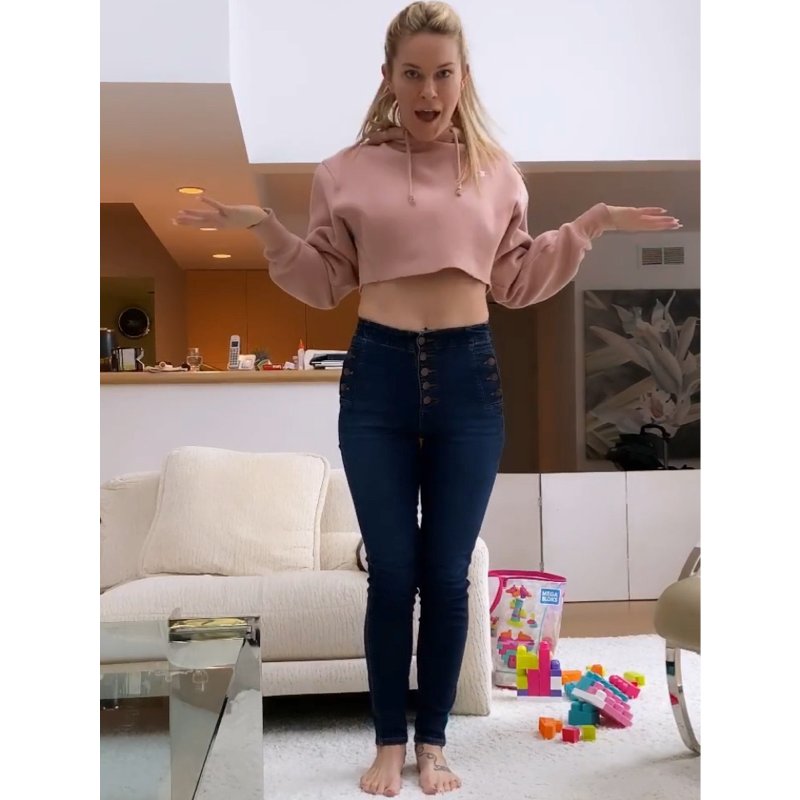
One of the iconic images that defined our youth was that of Jane Fonda in a post-apocalyptic metal and mesh green mini dress in the film Barbarella. That dress, and all of her costumes for that film, were designed by the eclectic, ground-breaking designer, Paco Rabanne, who died earlier this month at the age of 88.
Rabanne was a product of the 60s and was certainly born for the times. It was a period of experimentation and enormous socio-political change, worldwide. Taboos were being broken and fashion naturally reflected it. The prim shirtmaker dresses and bobby socks of the 1950s were rapidly being replaced with shockingly brief miniskirts. His contribution was to make his versions of those miniskirts and dresses a bold, shiny, futuristic statement.
Breaking Out of the “Concrete”
Rabanne was born Francisco Rabaneda Cuervo in the Basque region of Spain. His widowed mother worked as head tailor for Cristobal Balenciaga, moving the family to France when Balenciaga opened his (now tainted) atelier there. But in spite of Rabanne’s eventual career trajectory, he did not receive fashion training. Instead, he studied architecture and for 10 years worked for France’s main reinforced concrete developer.
Nonetheless, he apparently imbibed much of his mother’s knowledge and while in architecture school earned extra money by creating drawings for Givenchy, Dior and shoe designer Charles Jourdan.
Eventually, Rabanne was inspired to put his own artistic visions into play, designing jewelry for Dior, Givenchy, and Balenciaga. And in 1966 he opened his own fashion house. “I realized that with fashion I had freedom. Architecture is more limited and restricted,” he said.
He called his first collection “Manifesto: 12 Unwearable Dresses in Contemporary Materials.” It featured dresses that were created using no sewing machine, but unusual materials including pieces of metal, paper, and fiberglass, linked together with plastic and metal.
(Fans of the television series Project Runway, will recall that the aspiring designers were required to stretch their creativity to meet the “unconventional materials” challenge by creating something beautiful and wearable out of such materials. It’s highly likely the producers took a page from Rabanne’s book.)
In his ready-to-wear collections, he embraced asymmetry, geometric and computer generated – sometimes almost psychedelic – prints, diaphanous and body-revealing materials and surprisingly, lots of florals. But even the florals featured something unexpected, such as uneven hemlines or twisted and draped fabric.
Déjà Vu?
Although extremely private in his personal life, Rabanne willingly shared some pretty quirky ideas very publicly. For starters, he claimed to be 75,000 years old, to have known Jesus in a past life, murdered Tutankhamun, been a prostitute during the reign of Louis XV, been visited by ETs, and to have seen God three times.
In 1999, he also claimed to have had, at the age of 17, visions of Paris in flames as the Mir space station crashed into the city, and that this would occur on August 11, 2011. In May of that year, he said if this didn’t happen, he would refrain from making further predictions. Rabanne kept his word. But he also claimed that the Virgin Mary appeared to him and told him to continue his predictions.
It’s likely that those experiences and beliefs are what shaped his aesthetic vision. It was a vision that spoke of a more supernatural world. And, he hoped, a more peaceful world. One of his black and white sketches was of a child releasing a dove and a white balloon into the sky. He said it was inspired by the commemoration ceremony for the 319 children, servicemen and hostage takers who died in the Beslan attack by Chechnyan rebels. He donated the money for that drawing to the women of Beslan.
Rabanne’s Legacy
In April of 2010, Frederic Mitterrand awarded Rabanne the French Legion of Honor for his contributions to the worlds of fashion and art. Although he retired and closed his atelier in 1996, the Spanish company Puig bought the brand and re-launched it along with the fragrance business that continues his legacy. (As with many high-end design houses, their fragrance wing is a much-needed cash cow that keeps the brand name afloat. And for a younger generation, those fragrances are more likely how they remember his name.)
Rabanne never achieved the astronomical wealth that many of his contemporaries in the fashion world did. He didn’t attempt to cater to the mainstream but simply wanted to perpetuate his vision, which has certainly influenced the industry far and wide.
In an almost prescient and eerie coincidence, this spring’s fashion runways featured an atypical emphasis on shiny, sparkly, metallic fabric clothing, sequins, paillettes, multi-colored miniskirts, skin revealing sheer dresses, satiny tank tops, and rhinestone jewelry. Those elements are usually reserved for the holiday season. They feel like a fitting tribute to Rabanne’s vision.
Maybe Rabanne somehow set that in motion, hoping that, as he exited the stage, the world would see pretty, shiny things as a way to find relief from the constant bombardment by images of destruction on the evening news. In a 2016 Antwerp retrospective at the MoMu fashion museum, he described himself as having had the impression of being, “a time accelerator… of going as far as is reasonable for one’s time and not indulge in the morbid pleasure of the known things, which I view as decay.”
Paco Rabanne set his artistic vision toward a more hopeful and technologically advanced future. You might say he was the fashion version of Elon Musk.
Let’s Have a Conversation:
Did you ever own a Rabanne garment? Did you ever use any of his fragrances? Did you wear any of those types of garments in the ‘60s? What do you think of the current trend toward shiny and sheer fashions?





